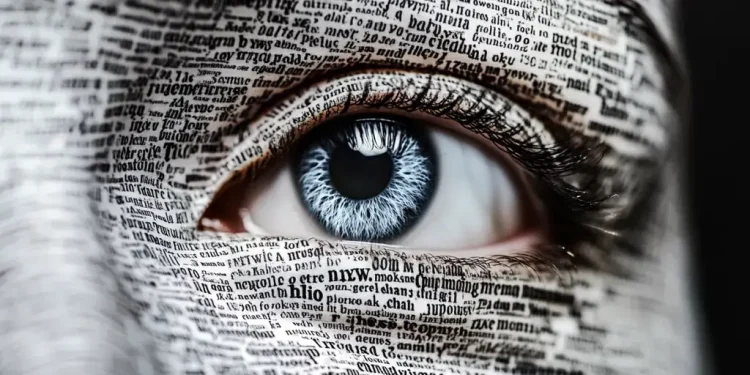The New York Times, a prestigious publication known for its high-quality journalism, is taking a stand against the use of its content by generative AI companies. Recently, this iconic newspaper has expressed dissatisfaction with how these AI companies are utilizing its content without proper authorization.
In today’s digital age, generative AI has become increasingly popular for creating content and even simulating human-like conversation. However, the question arises, what content is being used to train these AI systems? It appears many companies have been tapping into databases of existing online content, including that created by leading news outlets like The New York Times, to enhance their AI capabilities.
The Core of the Issue
The crux of the problem is that these AI companies are often using content published by The New York Times and other outlets without explicit permission. This can lead to legal and ethical concerns. When AI systems generate text that seems like it was written by a human, it might actually reflect the hard work and intellectual property of journalists who have painstakingly crafted these stories.
Newspaper content, after all, is the result of thorough research, analysis, and editorial oversight. When AI systems use this content without permission, it raises issues about fair use and compensation for the original creators.
What is Being Done?
In response, The New York Times has begun to explore different strategies to protect its intellectual property. One aspect might include legal action against companies that misuse their content. They are also looking into developing new types of agreements that would limit how their work can be utilized by AI systems. This could potentially pave the way for fairer relationships between content creators and AI developers.
Additionally, there are talks about leveraging technology to restrict access to their content for AI systems without proper licensing or approval. Similar conversations are happening across the media industry, reflecting a growing need for comprehensive solutions to protect content creators.
The Bigger Picture
This issue isn’t unique to The New York Times. Many publishers worldwide are grappling with how to safeguard their content from unauthorized use by AI developers. This scenario highlights a larger concern surrounding digital content and intellectual property rights in the era of artificial intelligence. As AI tools become more sophisticated, finding a balance between technological advancements and protecting human creators’ rights remains critical.
For now, The New York Times is focusing on ensuring they receive proper acknowledgment and compensation for their content’s role in powering AI systems. Their efforts could lead to new industry standards and legal frameworks for how generative AI companies use content going forward.
In conclusion, while AI technologies offer exciting opportunities, they also bring challenges, especially regarding intellectual property. The actions taken by The New York Times might set important precedents, ensuring innovation can coexist with respect for creators’ rights.










